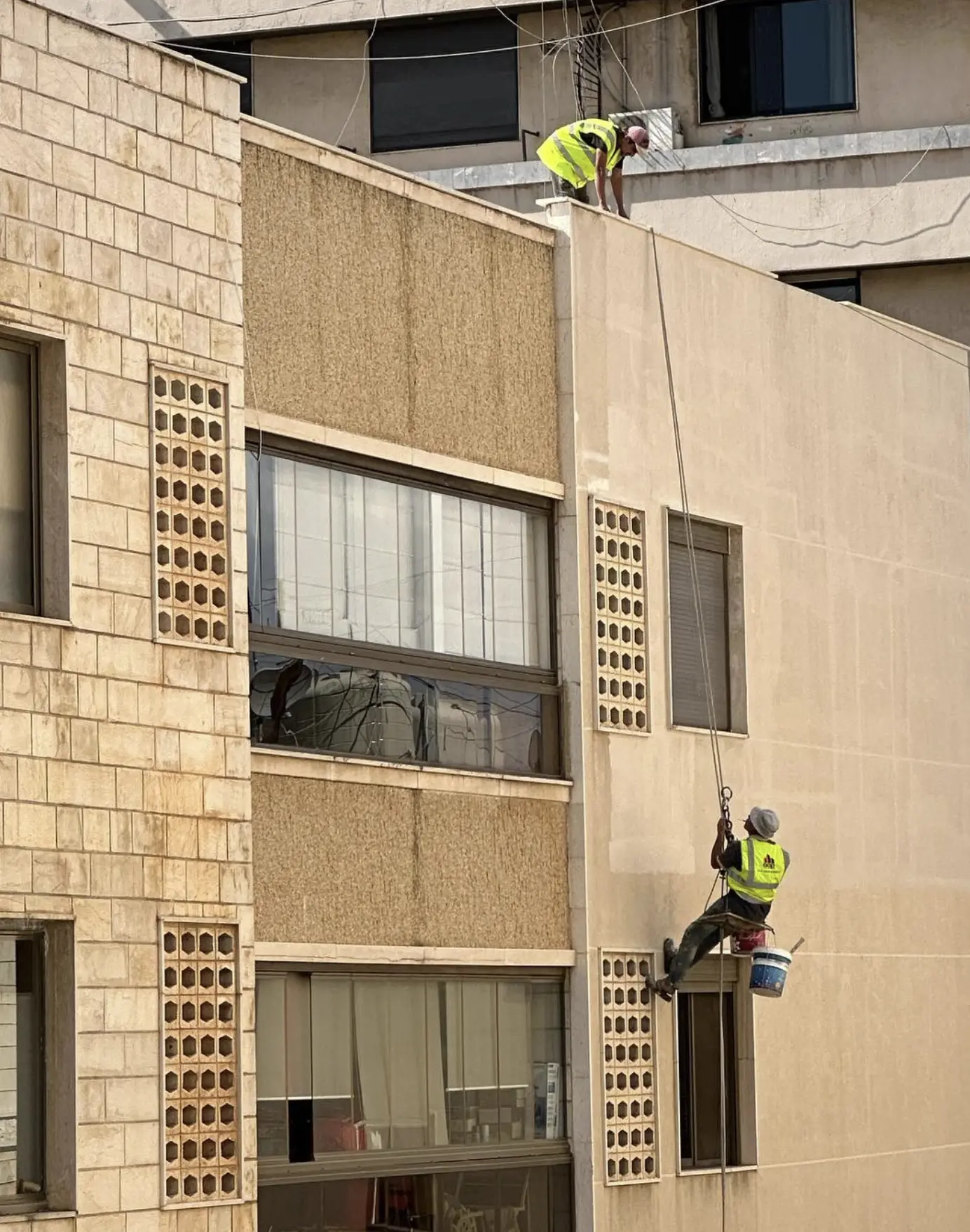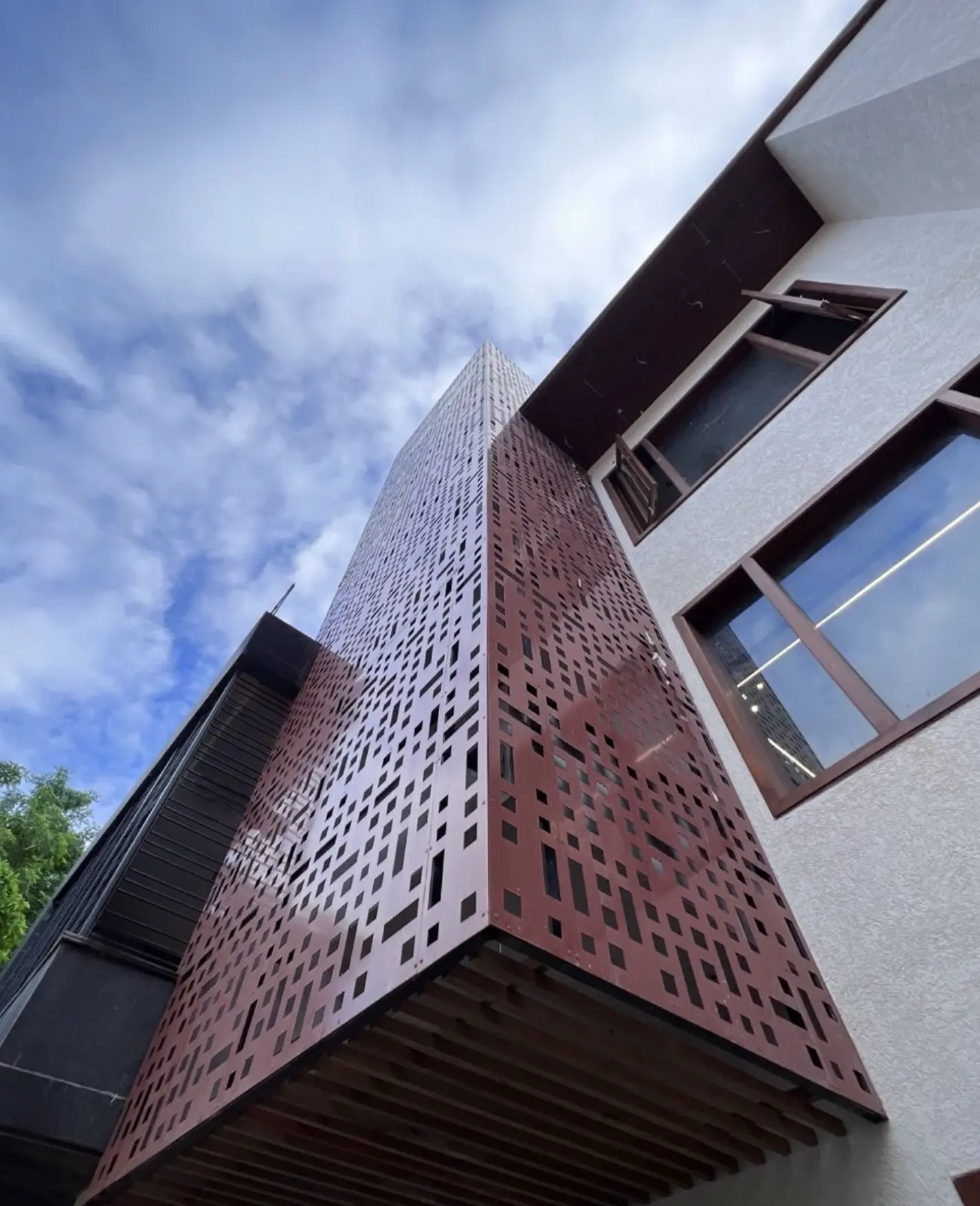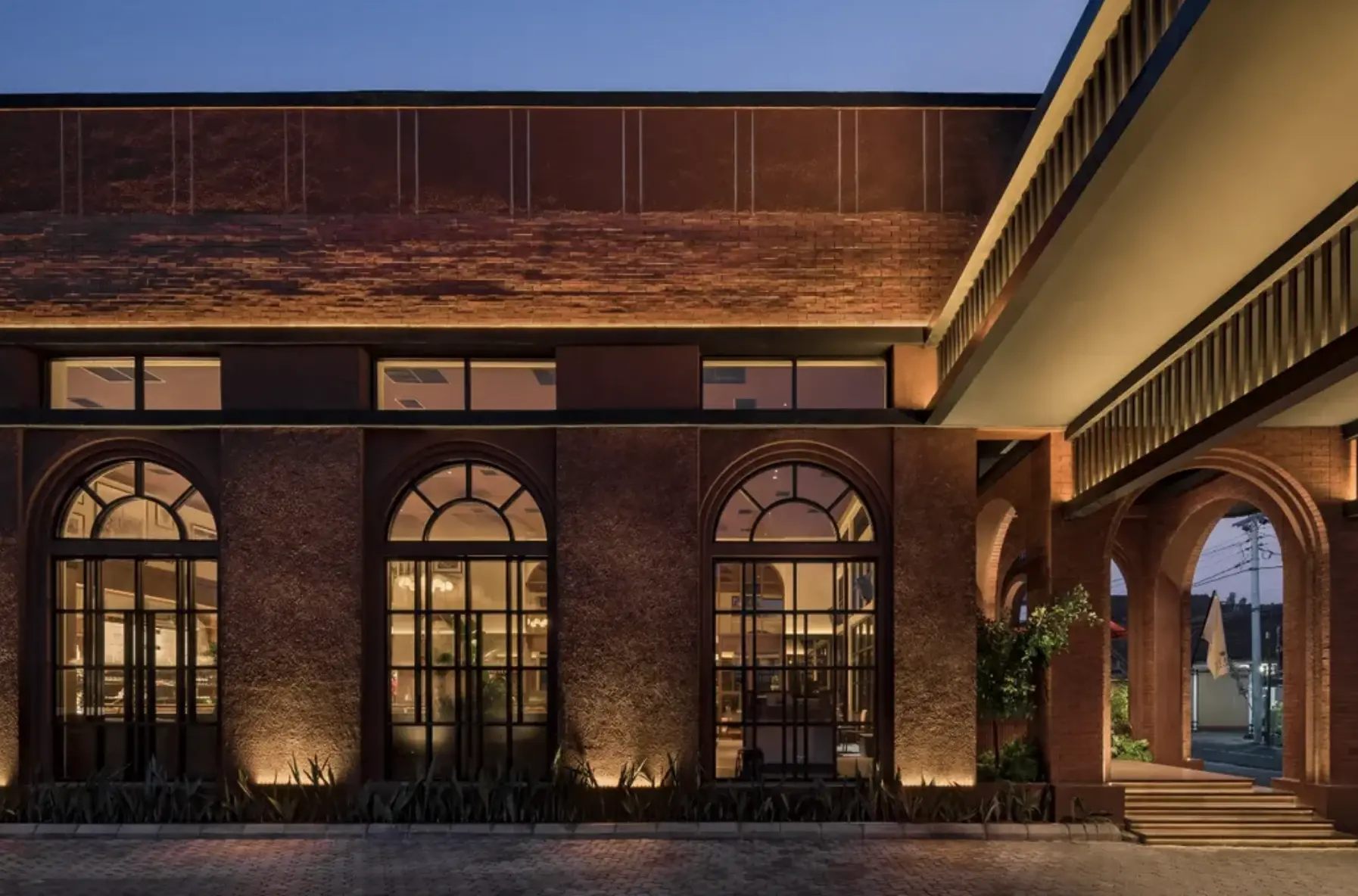What is a facade treatment? It’s more than just a pressure wash. Facade treatments involve restoring and protecting a building’s exterior from pollution, weather damage, and structural wear. These treatments ensure your property doesn’t just look good — it stays safe, durable, and compliant with building standards. Ideal for commercial, residential, and heritage buildings alike.

Protecting and Enhancing Your Exterior
Think of facade treatment as a full-body check-up for your building. It’s not just about how it looks (though visual appeal is a massive plus) – it’s about protecting the structure, improving energy consumption, and boosting air quality inside.
At its core, facade treatment includes:
- Cleaning process – removing moss, dirt, algae, mould, salt residue, and pollutants
- Repairs – addressing structural issues like cracking render or loose cladding
- Surface prep – checks for surface damage, opening pores, and neutralising efflorescence
- Sealing and coating – applying breathable, weather-resistant coatings for thermal insulation and Acoustic Insulation
- Sustainable add-ons – integrating smart glass, vertical gardens, or photovoltaic panels
The treatment in architecture today leans towards environmental sustainability and compliance with green building guidelines. It’s all about designing functional benefits into beautiful, energy-efficient buildings.
Why It’s Not Just About Looks
Yes, a good facade boosts the aesthetic condition and gives you serious street cred. But it’s also about:
- Reducing heat transfer through advanced facade treatment techniques
- Improving energy efficiency by reducing cooling costs and overall energy costs
- Protecting the building from water infiltration
- Enhancing indoor air quality and overall environmental quality
- Supporting acoustic and thermal performance for better comfort
- Reducing maintenance costs with a durable, low-maintenance building envelope
- Following facade treatment design philosophies that suit both traditional and contemporary architecture


Common Techniques
Some of the most popular treatment and material selection options include:
- Aluminium Composite Panels – for a sleek, durable, cost-efficient approach
- Stone Cladding and natural stone – enhances the beauty of stone and the appearance of sensors in heritage or statement builds
- Smart glass and double-glazed insulated glass – for energy-efficient building systems
- Curtain wall systems and clamp-bolting systems – common techniques in high-rise buildings
- Composite panels – a popular choice in academic buildings and commercial projects due to their strength and thermal benefits
Each material has to be compatible with existing structures, design requirements, and the building function influence facade selection.
Process
Step 1: Assessment & Design
Step 2: Cleaning & Surface Repair
Step 3: System & Material Application


Step 4: Sustainability Integration
Step 5: Final Inspection & Maintenance Plan
Cost Considerations
From construction costs to long-term energy savings, the economic and structural benefits of proper facade treatment are hard to ignore.
| Factor | Cost Impact |
|---|---|
| Choice of building materials | High upfront, but lower lifecycle costs |
| Installation process | Depends on the systems used (e.g. curtain walls vs composite panels) |
| Maintenance costs | Lower with durable materials & proper sealing |
| Energy savings | Up to 30% on cooling costs in hot climates |
| Average global office fit-out cost | Can influence the budget for façade overhaul |
A well-executed façade treatment enhances the building’s blend with adjacent buildings, which is particularly relevant for urban and commercial settings.
Key to Modern Builds
Modern building systems demand more than basic protection. Facade treatment helps with:
- Environmental safety and compliance
- Efficiency of buildings through functional upgrades
- Aesthetic and visual appeal for branding or resale
- Eco-friendly solutions that help meet green certification standards
- Better cohesion in cohesive design efforts
- Smoothing integration into smart cities and contemporary buildings
And yes, if you’re dealing with a budget-friendly zen garden or an academic building, the façade has to work just as hard as the rest of the build.
The Window Cleaning Melbourne Crew has seen similar damage while working on high-rise exteriors across town, especially during unpredictable Melbourne weather.

FAQ
What is the main benefit of facade treatment?
Improved energy efficiency, visual appeal, and protection from environmental conditions.
Is facade treatment cost-efficient in the long run?
Yes. Despite higher upfront costs, you’ll save on energy, maintenance, and potential structural repairs.
What materials are most commonly used?
Aluminium Composite Panels, smart glass, stone cladding, and composite panels are popular due to their functional benefits and durability.
How does facade treatment impact building performance?
It boosts air quality, thermal performance, structural integrity, and energy consumption management.
Do facade treatments affect adjacent buildings?
Yes, especially in urban settings. They can influence sunlight reflection, heat retention, and the aesthetic condition of neighbouring properties.
